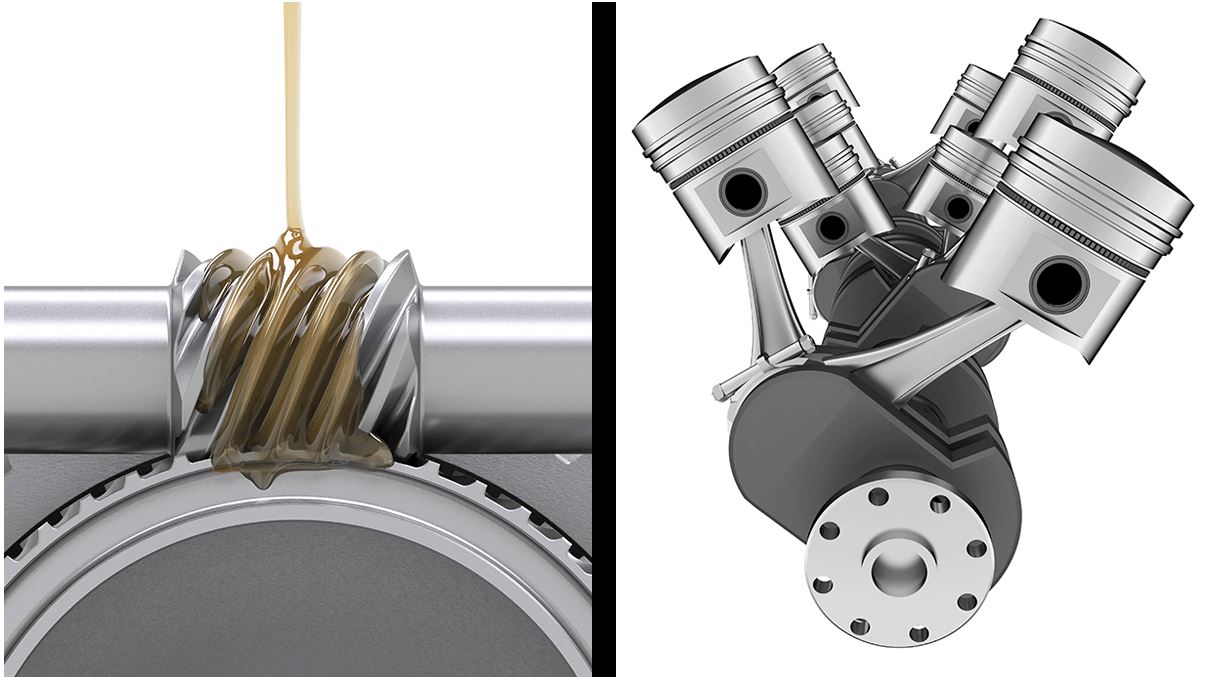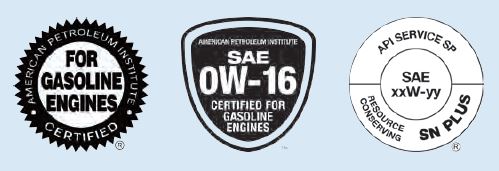Gear Oil vs. Engine Oil: What’s The Difference? Gear oil uses a different viscosity classification and different additives. by Joel Youngman|May 9, 2022 High-quality gear oil must lubricate, cool and protect geared systems while carrying damaging wear debris away from contact zones and muffling the sound of gear operation. In this post, we’ll look at […]
You are browsing archives for
Category: Knowledge Base
Why Do I Need To Change My Oil?
What Happens to oil Making Me Needing to Change It? Dan McClelland|Jan 07, 2020 8:36 AM Regardless of its quality, every motor oil eventually loses its potency and must be changed to ensure peak engine protection. Let’s take a look at what happens to motor oil over time and why you periodically need to change […]
New Technologies Prompt New Industry Sta...
NEW TECHNOLOGIES PROMPT NEW INDUSTRY STANDARDS ILSAC GF-6 and API SP specifications. AMSOIL was already ahead of the game. Original equipment manufacturers (OEMs) are under pressure to improve fuel economy and reduce emissions. As a result, most new engines today use some combination of turbochargers, direct-fuel injection and variable valve timing to deliver better fuel […]
ILSAC GF-6, API SP & dexos: Making Sense
ILSAC GF-6, API SP & dexos: New Oil Specifications Andy Arendt|May 01, 2020 7:41 AM As engine-operating conditions grow more severe, so do the demands placed on your motor oil. Hence the need for updated oil specifications, like ILSAC GF-6, API SP and GM dexos1 Gen 2. New engine hardware such as turbochargers, direct injection and variable […]



